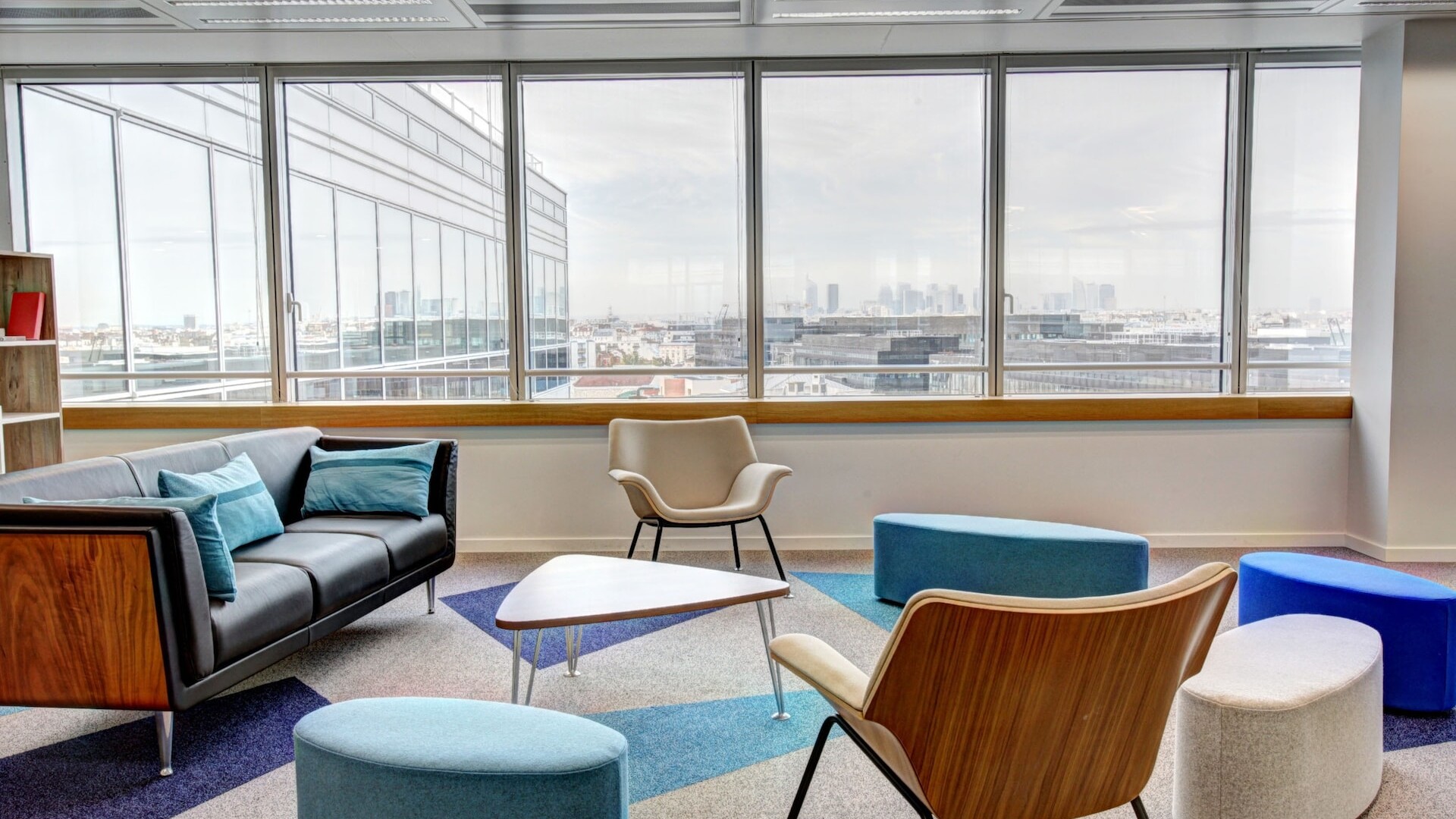UX Design in Action: Principles and Applications for User-Friendly and Technically Comprehensive Products
User experience (UX) design is an essential component of modern-day product design. It is a process that focuses on understanding user needs and designing products that meet those needs. In this article, we will discuss the key principles of UX design and how they can be applied to create products that are both user-friendly and technically comprehensive.
Key principles of UX design
- User-centered design: User-centered design is the foundation of UX design. It involves understanding the needs and preferences of users and designing products that meet those needs. This means that UX designers need to conduct user research, gather feedback, and continually iterate on their designs to ensure that they meet the needs of users.
- Usability: Usability refers to the ease with which users can interact with a product. It is a critical component of UX design, as it determines how effective and efficient a product is at meeting user needs. UX designers need to ensure that their products are easy to use and navigate, with clear and intuitive interfaces.
- Information architecture: Information architecture refers to the organization and structure of information within a product. It involves designing the hierarchy of information and the navigation system that users will use to access that information. UX designers need to ensure that their products have a logical and intuitive information architecture that enables users to find what they need quickly and easily.
- Interaction design: Interaction design refers to the design of the user interface and the interactions between the user and the product. It involves designing the layout, color scheme, typography, and other visual elements of the product. UX designers need to ensure that their products are visually appealing, easy to use, and consistent across all devices and platforms.
- Accessibility: Accessibility refers to the design of products that are accessible to users with disabilities. UX designers need to ensure that their products are designed with accessibility in mind, such as using clear and easy-to-read text, providing alternative text for images, and ensuring that the product is navigable using a keyboard.
Practical Applications of UX design
UX design has a wide range of applications in various fields, including technology, healthcare, education, and finance. Some examples of how UX design can be applied include:
Technology
In technology, UX design can be used to design user-friendly software applications and websites that meet the needs of users. By conducting user research, gathering feedback, and designing products that are easy to use, UX designers can create products that stand out from the competition and are highly valued by users.
Healthcare
In healthcare, UX design can be used to design medical devices and applications that are easy to use and meet the needs of patients. By designing products that are intuitive and user-friendly, UX designers can improve patient outcomes and increase patient satisfaction.
Education
In education, UX design can be used to design educational software and applications that are easy to use and engaging for students. By designing products that are visually appealing and interactive, UX designers can enhance the learning experience for students and improve educational outcomes.
Finance
In finance, UX design can be used to design financial software and applications that are easy to use and provide a positive user experience. By designing products that are intuitive and user-friendly, UX designers can improve customer satisfaction and increase adoption rates.
Summary
UX design is a critical component of modern-day product design, and it involves a range of principles and techniques that focus on understanding user needs and designing products that meet those needs. Whether you are working in technology, healthcare, education, or finance, UX design can help you to create products that are both user-friendly and technically comprehensive. By focusing on user-centered design, usability, information architecture, interaction design, and accessibility, UX designers can create products that stand out from the competition and are highly valued by users.



